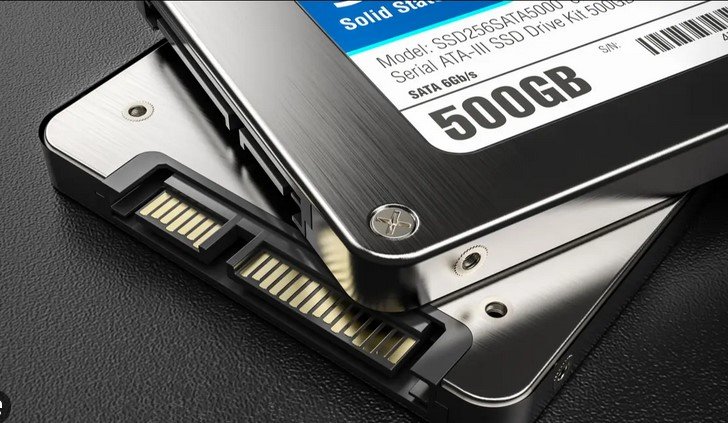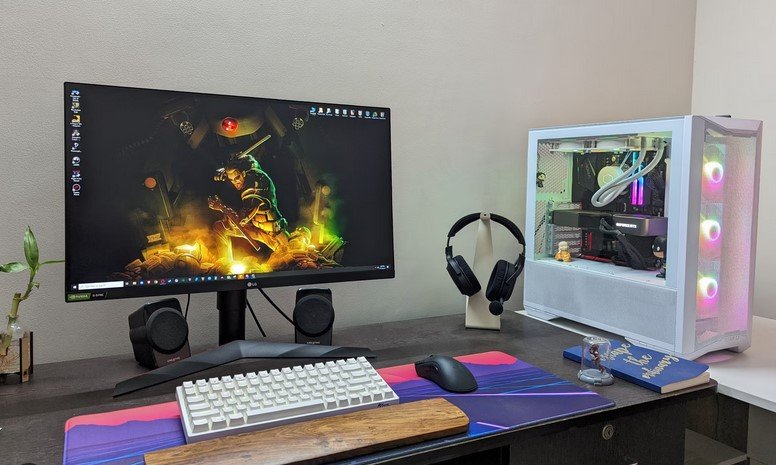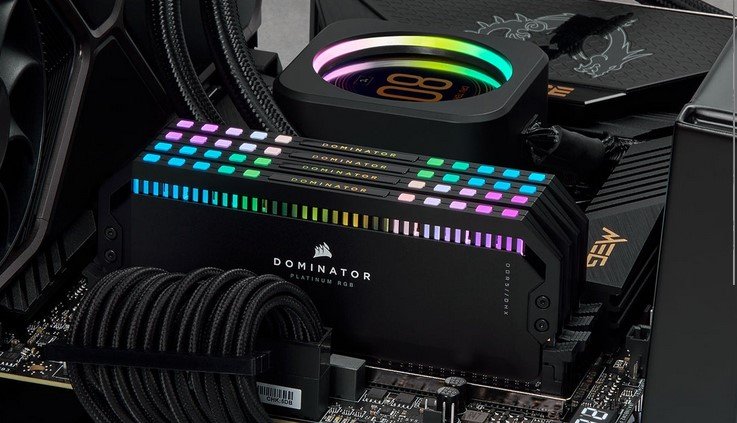Upgrading from a traditional hard drive to a Solid State Drive (SSD) can significantly boost your computer’s speed and overall performance. SSDs are known for their speed and efficiency, transforming how your system handles tasks and loads applications. In this post, we’ll explore how SSDs improve computer speed and why they are a valuable upgrade for any system.

Understanding SSDs
What Is an SSD?
An SSD is a type of storage device that uses flash memory to store data. Unlike traditional Hard Disk Drives (HDDs), which use spinning disks and read/write heads, SSDs have no moving parts. This lack of mechanical components allows SSDs to access data much faster and more reliably.
How SSDs Work
SSDs store data on interconnected flash memory chips. These chips are organized into cells, which can be either Single-Level Cell (SLC), Multi-Level Cell (MLC), Triple-Level Cell (TLC), or Quad-Level Cell (QLC). The type of cell affects the speed and durability of the SSD. Data is accessed and written to the cells almost instantly, which contributes to the drive’s superior performance compared to HDDs.
Benefits of SSDs for Speed
1. Faster Boot Times
One of the most noticeable improvements with an SSD is faster boot times. Unlike HDDs, which can take several minutes to boot up, SSDs can start up your operating system in seconds. This rapid boot time allows you to get to work or start gaming almost immediately after powering on your computer.
2. Quicker File Access
SSDs provide much quicker file access compared to HDDs. With an SSD, opening applications, accessing files, and loading programs happens almost instantly. This speed boost improves overall productivity, making tasks such as launching software and transferring files significantly faster.
3. Improved System Responsiveness
The speed of an SSD enhances the responsiveness of your computer. Tasks like multitasking, browsing, and running multiple applications simultaneously become smoother and more efficient. SSDs reduce lag and delays, allowing for a more fluid and seamless user experience.
Explore More
Discover the resources and information available at BSD Vault. For those interested in exploring online entertainment options and finding information about where to play at an online real money casino in Canada, external resources are available for informational purposes.
4. Enhanced Gaming Performance
For gamers, SSDs offer faster loading times for games and reduced lag during gameplay. Games installed on an SSD load quicker, and in-game assets are accessed faster, leading to a smoother gaming experience. SSDs can also reduce stuttering and improve frame rates in some cases.
5. Reduced Power Consumption
SSDs generally consume less power than HDDs, which can result in longer battery life for laptops. Lower power consumption also means less heat generation, which contributes to a cooler and quieter system.
Choosing the Right SSD
1. Storage Capacity
When selecting an SSD, consider the storage capacity that suits your needs. SSDs come in various sizes, typically ranging from 256GB to 2TB. For general use, a 500GB or 1TB SSD is often sufficient. However, if you store a large amount of data or install many games, you may want a larger capacity SSD.
2. Interface Type
SSDs use different interface types, such as SATA, NVMe, and PCIe. SATA SSDs are slower but widely compatible with most systems. NVMe and PCIe SSDs offer much faster speeds and are ideal for high-performance tasks. Ensure your motherboard supports the SSD interface you choose.
3. Brand and Reliability
Choose SSDs from reputable brands known for reliability and performance. Brands like Samsung, Crucial, and Western Digital offer high-quality SSDs with strong performance and durability. Check reviews and specifications to find an SSD that meets your requirements.
Conclusion: Boosting Speed with SSDs
Upgrading to an SSD offers significant improvements in computer speed, boot times, file access, and overall system responsiveness. By replacing your traditional hard drive with an SSD, you’ll experience faster performance and a more efficient computing experience. Whether you’re upgrading an old system or building a new one, an SSD is a valuable investment for boosting speed and enhancing productivity.










